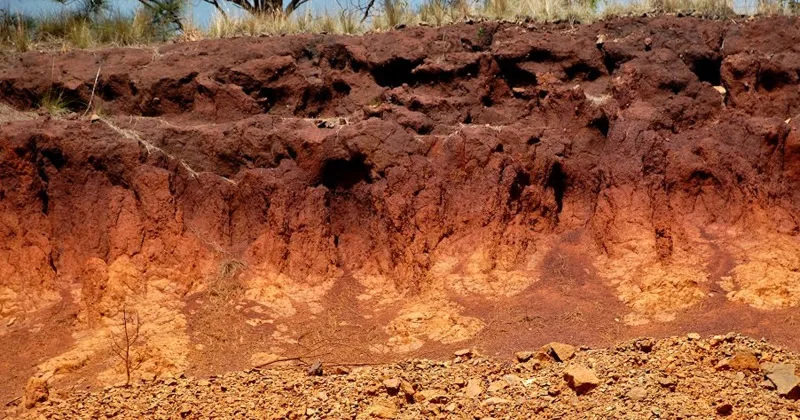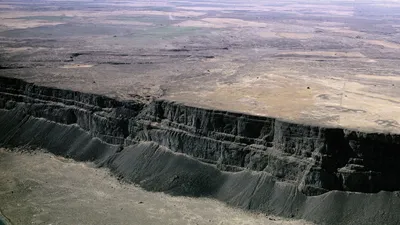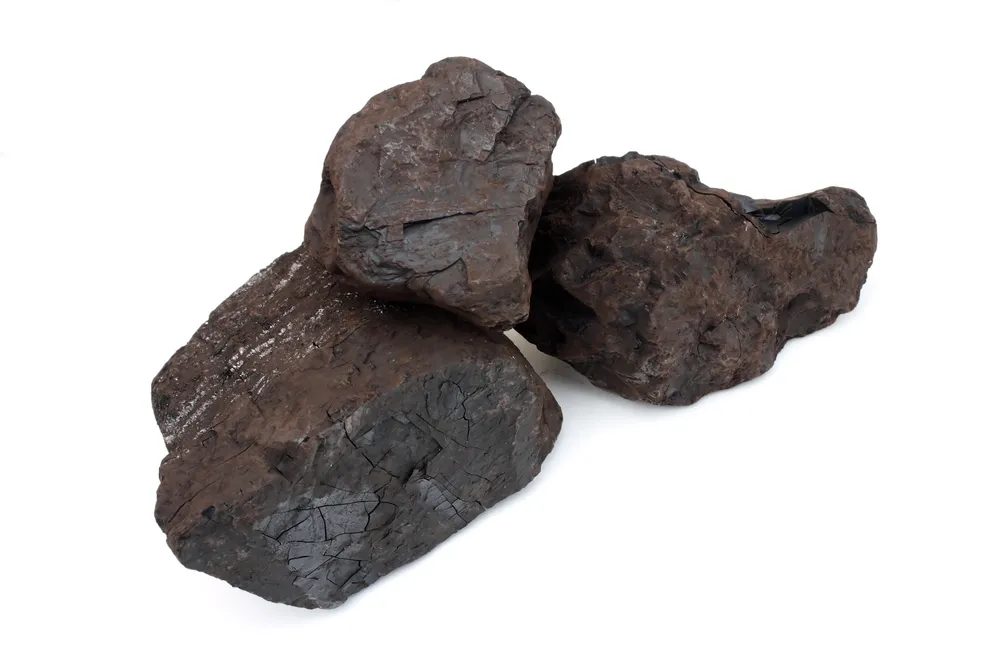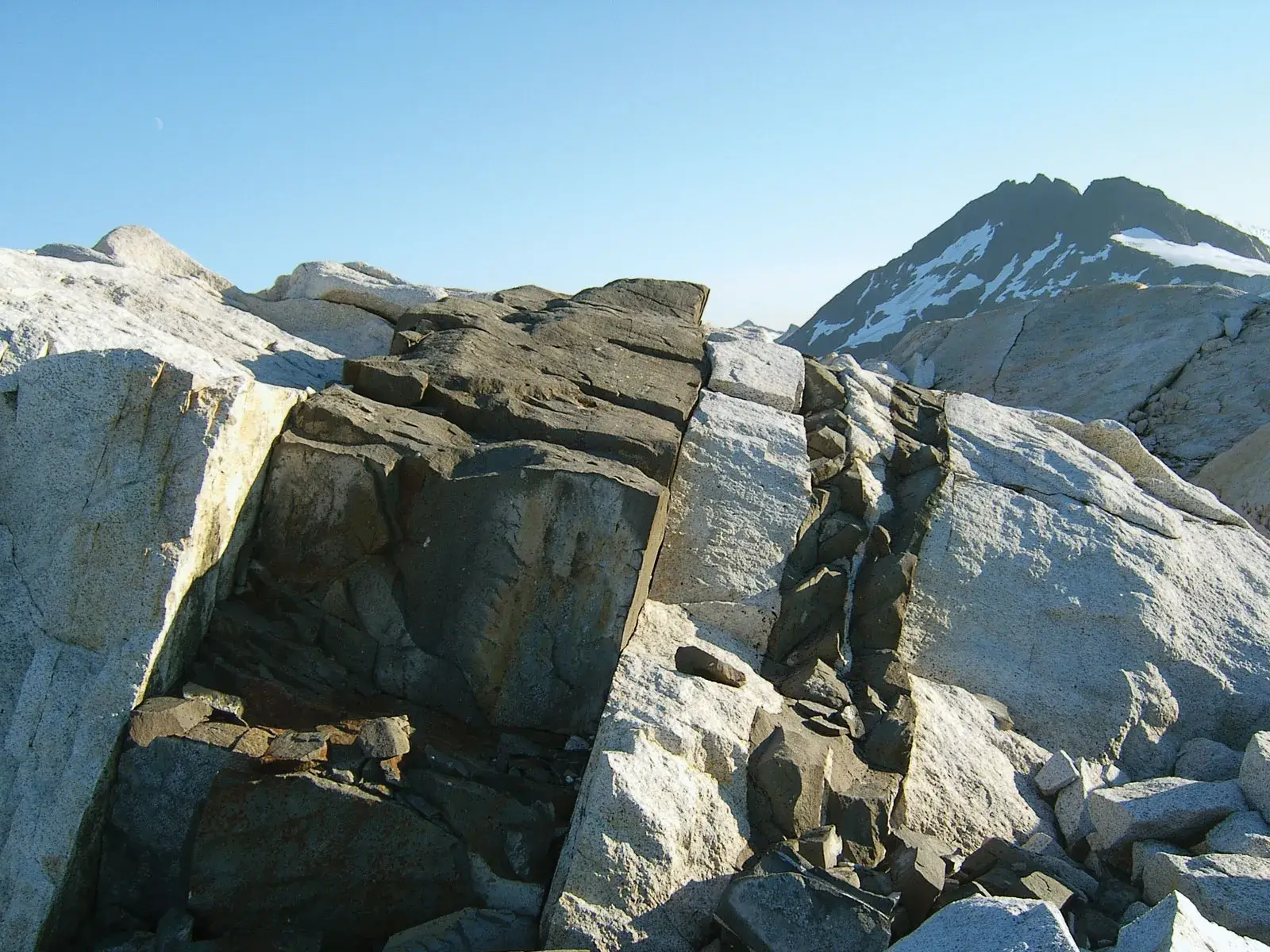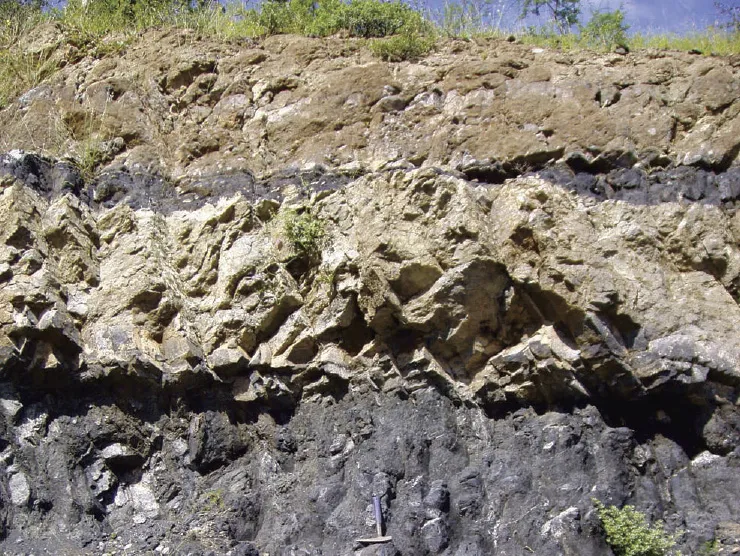Laterite is a highly weathered soil rich in iron and aluminum oxides, typically found in tropical regions with high rainfall. Laterites are often used as a source of iron ore and as a building material. They are significant in soil science and the study of tropical weathering processes.
Reference: Tardy, Y. (1997). “Petrology of Laterites and Tropical Soils.” CRC Press.

